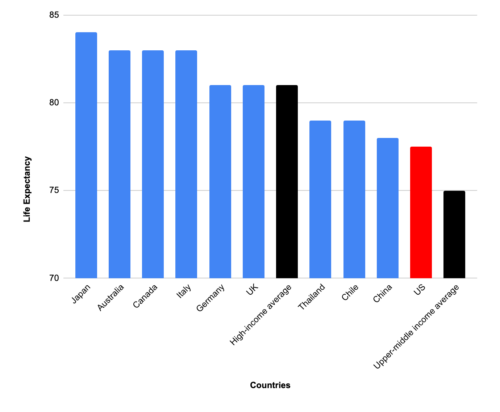Community Responsive Rural Charter Schools as a 21st Century Solution to School Consolidation
By: / 03.15.2019
The West Virginia House of Delegates recently voted against Senate Bill 451, which would have allowed for the creation of public charter schools throughout the state. Critics of charter schools claim that they “drain money” from traditional local public schools. However, West Virginia has been draining money from its local public schools for years.
Since the 1900s, West Virginia has closed thousands of its schools. Smaller, rural schools were consolidated into larger, regional schools to increase efficiency and save money. In 1989, Governor Caperton accelerated school consolidation by forming the School Building Authority (SBA) which only provided funding for school-building maintenance and renovation if a school met SBA’s minimum enrollment requirements. Unsurprisingly, SBA’s one-size-fits all approach predominantly affected small rural schools, forcing them to consolidate. SBA and Governor Caperton claimed that this would save money, increase efficiency, and improve educational quality. What really happened was quite different.
Maintenance and transportation costs increased as thousands of students endured longer bus rides– sometimes up to two hours a day– on rough terrain. Students had less time for extra-curriculars. Grades dropped while student stress and unhappiness rose. School officials promised to offer more course options, including advanced placement, but these courses were eliminated.
Meanwhile, the number of state administrators increased as did their salaries. Ultimately, the consolidation did not save any money. On the contrary, it cost the state 1 billion dollars from 1990 to 2002.
School consolidation is an old solution to the enduring problem of cutting costs in rural areas. However, increases in transportation costs and bureaucratization often offset any savings so consolidation rarely results in lower per-pupil spending. To make matters worse, school consolidation negatively affects communities both socially and economically. Rural schools often act as the center of the community, and losing a school leaves a hole in the community that rarely gets filled.
Many rural communities want to keep their local schools; however, they need innovative 21stcentury solutions to overcome their respective challenges in doing so.
Rural populations are becoming poorer, older, and less white. Unlike in metro areas, rural employment has not recovered since the 2008 recession.The National Center for Education Statistics has labeled more than half of rural districts in the United States as “high poverty,” with nearly half of their students considered economically disadvantaged. Rural schools typically receive less funding and spend less per pupil than suburban or urban schools, and they have been shown to be disadvantaged in Title I funding formulas. They spend twice as much on transportation. They also struggle to recruit and retain skilled teachers because of low salaries, geographical isolation, and poor recruiting incentives.
Charter schools, with their school-level autonomy and increased flexibility, could have been an innovative solution to the problem of consolidation in West Virginia.
Other rural communities have used the flexibility of charter schools to address state-forced consolidation initiatives. For example, the community of Tidioute, PA, with a population of only 654 had success in establishing a charter school when the district proposed closing its school as a part of a consolidation. Because of their remote geography, distance from other communities, and the icy conditions they face in winter, the community members felt it was important to have a school located within Tidioute. Their charter school capitalizes on their tight-knit community and local natural resources to offer their students place-based education and a family-like culture.
Community support, however, is hard won in rural communities. As in urban and suburban areas, traditional local schools are often at the heart of a rural community. Children attend the same school that their parents and grandparents attended, and community members sometimes view a new charter school as an invader. Sometimes, new charter schools in rural areas initially face opposition. That was the case with Upper Carmen Charter School in the remote ranching community of Carmen, Idaho. Carmen had lost its local one-room school in the 1950s after consolidating with neighboring Salmon school district. In 2005, Sue and Jim Smith used Idaho’s charter law to reopen the school as a charter school. Unsurprisingly, Salmon public school district strongly opposed this idea, making the Smiths fight a long uphill battle. However, with persistence and a dedication to understanding Carmen’s needs, the Smiths convinced community members that the charter school was the best option for their children. Sue and Jim’s hard work has paid off. Out of the state’s 490 K-8 public schools, Upper Carmen Charter School is in the 85th percentile for ELA and Math achievement, and Idaho’s State Department of Education recognized the school as a 2018 Top Performer in ELA growth.
Difficult problems require innovative solutions. Rural communities need a system that is flexible and responsive. Letting charters open doors that consolidation closed can bring schools back to the center of a rural community.






